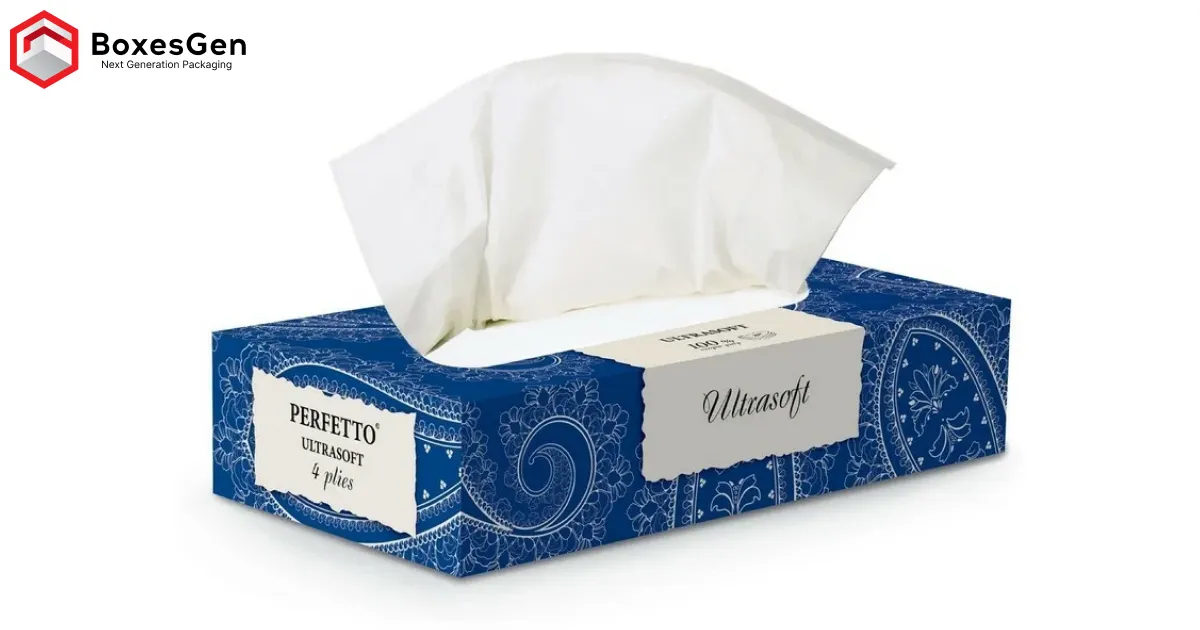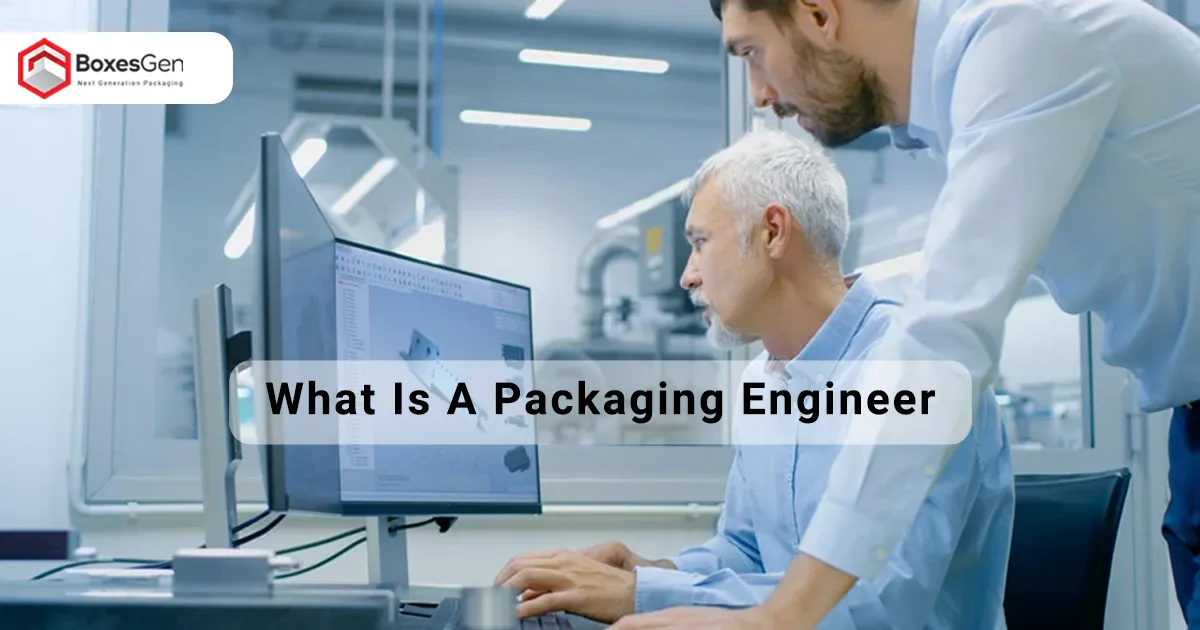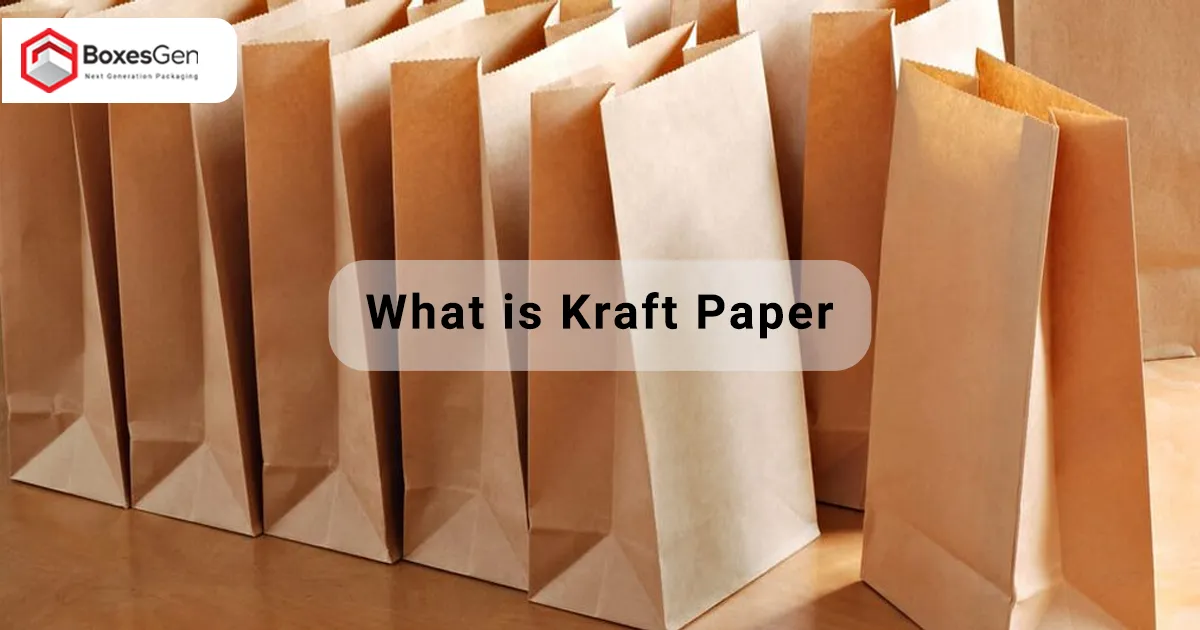Can You Recycle Cardboard Boxes
One key aspect often overlooked in our quest for a more sustainable and eco-friendly lifestyle is cardboard box recycling. The question that frequently arises is, “Are Cardboard Boxes recyclable?” The short answer is a resounding yes. Cardboard boxes are among the most recyclable materials, offering an excellent opportunity to reduce environmental impact and promote the circular economy.
Before delving into the intricacies of cardboard box recycling, it is essential to understand the lifecycle of these universal containers. Cardboard boxes are typically crafted from paper pulp derived from wood fibers. The process involves harvesting trees, converting the wood into pulp, and forming cardboard sheets. Once these boxes fulfill their primary purpose – transporting goods – they embark on a journey that can lead to a landfill or a recycling facility.
Why Recycle Cardboard Boxes?
Recycling cardboard boxes is a pivotal step in mitigating environmental harm. By diverting these boxes from landfills, we not only conserve valuable landfill space but also reduce the need for cutting down additional trees. The energy required to produce cardboard from recycled materials is significantly lower than that needed for virgin cardboard production, making recycling a cost-effective and environmentally conscious choice.
How to Recycle Cardboard Boxes
Recycling cardboard boxes is straightforward and can be seamlessly integrated into our daily routines. To ensure proper recycling, break down the Tissue Boxes and remove any tape or labels. Clean cardboard is more valuable, so eliminating contaminants is crucial. Most recycling programs accept cardboard, but it is advisable to check local guidelines for specific instructions. Some communities even provide curbside pickup services for cardboard, simplifying the recycling process for residents.
Where to Recycle Cardboard Boxes
Knowing where to recycle cardboard boxes is as important as understanding the recycling process. Recycling facilities, often operated by local municipalities or private entities, are equipped to process and repurpose cardboard. Many communities have dedicated drop-off locations for cardboard recycling. Retail stores, especially those focusing on sustainability, may also offer collection bins for customers to deposit their used cardboard boxes.
Recycled Cardboard Packaging Boxes
The concept of recycled cardboard packaging boxes underscores the transformation of waste into a valuable resource. Manufacturers increasingly recognize the significance of using recycled materials in their packaging. Recycled cardboard reduces the demand for new raw materials and minimizes the carbon footprint associated with manufacturing. Consumers can contribute to this positive shift by actively seeking products packaged in recycled cardboard, thereby promoting a market demand for sustainable Packaging Solutions.
Challenges in Cardboard Box Recycling
While a cardboard recycling box is a commendable practice, it has challenges. Contamination, caused by residual food or liquids, poses a significant issue. To address this, consumers must diligently clean and separate their cardboard waste. Additionally, raising awareness about proper recycling practices is essential to ensure that cardboard collected for recycling is high quality and can be effectively processed.
The Future of Cardboard Recycling
As the world grapples with the consequences of excessive waste generation, the future of cardboard recycling looks promising. Technological advancements are improving recycling processes, making them more efficient and cost-effective. Innovations in sustainable packaging materials are also on the rise, paving the way for a future where Printed Cardboard Boxes with Logos are not only recycled but also replaced by even more eco-friendly alternatives.
Innovations in Cardboard Recycling Technology
The landscape of cardboard box recycling is evolving, with technological innovations playing a key role. Advanced sorting systems equipped with artificial intelligence are enhancing the efficiency of recycling facilities, allowing for more precise separation of materials. This increases the overall recycling rate and improves the quality of recycled cardboard. Cutting-edge technologies, such as laser-based sorting systems, can identify and sort materials with unprecedented accuracy, contributing to a more streamlined and sustainable recycling process.
Creative Reuse of Cardboard Boxes
Beyond traditional recycling, there’s a growing trend towards creatively reusing cardboard boxes. DIY enthusiasts and eco-conscious individuals are finding innovative ways to repurpose White Cardboard Boxes into functional and aesthetic items. From homemade storage solutions to artistic home décor, the possibilities are vast. This creative reuse not only extends the lifecycle of cardboard but also adds a touch of uniqueness to everyday items, promoting a culture of sustainability and resourcefulness.
Community Engagement in Cardboard Recycling Initiatives
Community engagement plays a crucial role in the success of cardboard box recycling initiatives. Local governments and environmental organizations often organize awareness campaigns and events to educate the public about the benefits of recycling and how to do it effectively. Community-based recycling programs, where neighbors collectively participate in cardboard recycling efforts, foster a sense of shared responsibility and contribute to the overall success of recycling endeavors.
Educating Businesses on Sustainable Packaging
As major contributors to cardboard box waste, businesses have a significant role in promoting sustainable practices. Educating businesses on the benefits of using recycled cardboard packaging boxes can lead to widespread adoption. Additionally, encouraging the implementation of circular economy principles, where businesses prioritize using recycled materials and design packaging with recyclability in mind, contributes to a more sustainable and environmentally friendly supply chain.
Global Perspectives on Cardboard Box Recycling
The issue of cardboard recycling boxes extends beyond local communities, with a global perspective on the importance of sustainable waste management. Countries worldwide are adopting diverse approaches to cardboard recycling, influenced by cultural, economic, and environmental factors. Some nations have implemented aggressive recycling policies, while others are investing in research and development to discover new methods of recycling cardboard more efficiently. By exploring and sharing successful strategies on a global scale, we can collectively work towards creating a more sustainable and interconnected world.
Cardboard Recycling and Carbon Footprint Reduction
One of the significant environmental benefits of cardboard box recycling is the reduction of carbon footprints associated with cardboard production. When cardboard is recycled, it requires less energy and resources compared to manufacturing new cardboard from raw materials. This reduction in energy consumption translates to lower greenhouse gas emissions, contributing to efforts to combat climate change. Recognizing the interconnectedness of recycling practices and carbon footprint reduction underscores the broader impact of individual choices on the planet’s health.
Cardboard Box Recycling Challenges and Solutions
While cardboard box recycling has made significant strides, challenges persist. Contamination remains a key issue, as well-intentioned recyclers may involuntarily include non-recyclable materials, compromising the quality of recycled cardboard. To address this, ongoing public education campaigns are essential, emphasizing the importance of proper sorting and highlighting common contaminants to avoid. Additionally, the development of smarter recycling systems capable of handling mixed materials can increase the efficiency of recycling facilities.
Cardboard Box Recycling in E-Commerce
The rise of e-commerce has led to an influx of Black Cardboard Boxes, given their prevalence in shipping and packaging. As online shopping grows, so does the need for effective cardboard box recycling solutions. E-commerce giants increasingly invest in sustainable packaging options, exploring alternatives like corrugated cardboard made from recycled content or compostable materials. Encouraging responsible packaging practices within the e-commerce sector is crucial for managing the environmental impact of cardboard box proliferation.
The Circular Economy and Cardboard Box Design
The circular economy concept reshapes how products, including cardboard boxes, are designed and manufactured. In a circular economy, materials are kept in use for as long as possible, and at the end of their life, they are regenerated into new products. Cardboard box manufacturers are adopting this approach by designing boxes that are easily recycled and made from recycled materials. Embracing the principles of the circular economy ensures that cardboard boxes contribute to a sustainable and regenerative system.
The Importance of Consumer Advocacy
Consumer advocacy can powerfully drive positive change in cardboard box recycling. As consumers become more environmentally conscious, they are increasingly vocal about their expectations for sustainable packaging. By supporting companies that prioritize eco-friendly practices and advocating for improved recycling infrastructure, consumers play a pivotal role in shaping corporate behavior and influencing industry standards. Social media and online platforms provide a powerful avenue for consumers to voice their concerns and celebrate companies that align with their sustainability values.
Cardboard Box Recycling and Job Creation
The recycling industry, including cardboard box recycling, is environmentally beneficial and a source of job creation. Recycling facilities, collection centers, and associated industries contribute to local economies by providing employment opportunities. As the demand for recycled materials grows, so does the need for a skilled workforce in waste management and recycling technology. Recognizing the economic benefits of recycling reinforces the argument for investing in and expanding recycling initiatives on a broader scale.
Incentivizing Sustainable Practices
Governments and businesses can play a proactive role in incentivizing sustainable practices in cardboard box usage and recycling. Offering tax incentives, grants, or subsidies for businesses adopting eco-friendly packaging solutions encourages a shift towards sustainability. Similarly, implementing deposit return schemes for cardboard boxes can create a financial incentive for consumers to return their used boxes to designated collection points. These measures support the environment and create a business environment where sustainability is rewarded.
The Role of Innovation in Sustainable Packaging
Innovation continues to be a driving force in sustainable packaging, including cardboard boxes. Researchers and companies are exploring alternative materials, such as mycelium-based packaging or edible packaging films, as potential substitutes for traditional cardboard. These innovations aim to reduce the environmental impact further and push the boundaries of what is possible in sustainable packaging. Staying abreast of these developments and supporting research in sustainable packaging is essential for continually improving the eco-friendliness of cardboard boxes.
Conclusion
Cardboard box recycling is a dynamic and evolving field that intersects with various aspects of our lives, from individual choices to global initiatives. As technology advances, consumer awareness grows, and businesses adapt to changing market demands, the landscape of cardboard box recycling will continue to transform. Embracing the full lifecycle of cardboard boxes, from responsible manufacturing to recycling and innovative reuse, ensures these ubiquitous containers become integral to a sustainable and circular economy. By collectively addressing challenges, fostering innovation, and promoting responsible practices, we pave the way for a future where cardboard box recycling is not just a choice but a natural and essential part of our commitment to a greener planet.
Frequently Asked Questions
How Can I Ensure My Cardboard Boxes Are Recycled Properly?
To ensure proper recycling of cardboard boxes, break them down and remove any tape or labels. Cleaning the cardboard of contaminants, such as food residue, is crucial. Check your local recycling guidelines to understand specific requirements, and consider participating in community recycling programs. Proper sorting at home ensures that your cardboard contributes to high-quality recycled materials.
What Innovations Are Driving Advances in Cardboard Box Recycling?
Technological advancements are revolutionizing cardboard box recycling. These innovations improve the efficiency of recycling facilities, leading to more accurate material separation. Stay informed about emerging technologies in the recycling sector to understand how these advancements contribute to a more sustainable and effective cardboard box recycling process.
How Can Businesses Contribute to Sustainable Cardboard Box Practices?
Businesses can contribute to sustainable cardboard box practices by adopting recycled cardboard packaging, designing boxes with recyclability in mind, and promoting circular economy principles. Educating employees and customers about the importance of sustainable packaging choices is key. Additionally, staying updated on global trends in sustainable packaging can guide businesses in making environmentally conscious decisions.
What Creative Reuse Options Exist for Cardboard Boxes?
Beyond recycling, individuals can explore creative reuse options for cardboard boxes. DIY projects, artistic endeavors, and functional repurposing can give used cardboard boxes a second life. Engaging in creative reuse minimizes waste and encourages a culture of sustainability and resourcefulness at the individual and community levels.
How to Encourage Cardboard Box Recycling and Sustainability?
Governments can play a pivotal role in encouraging cardboard box recycling by implementing and enforcing recycling targets, waste diversion programs, and extended producer responsibility (EPR) frameworks. Providing incentives, such as tax breaks or grants, for businesses adopting sustainable packaging practices can drive widespread change. Public awareness campaigns and educational initiatives build a community that values and actively participates in cardboard box recycling efforts.











